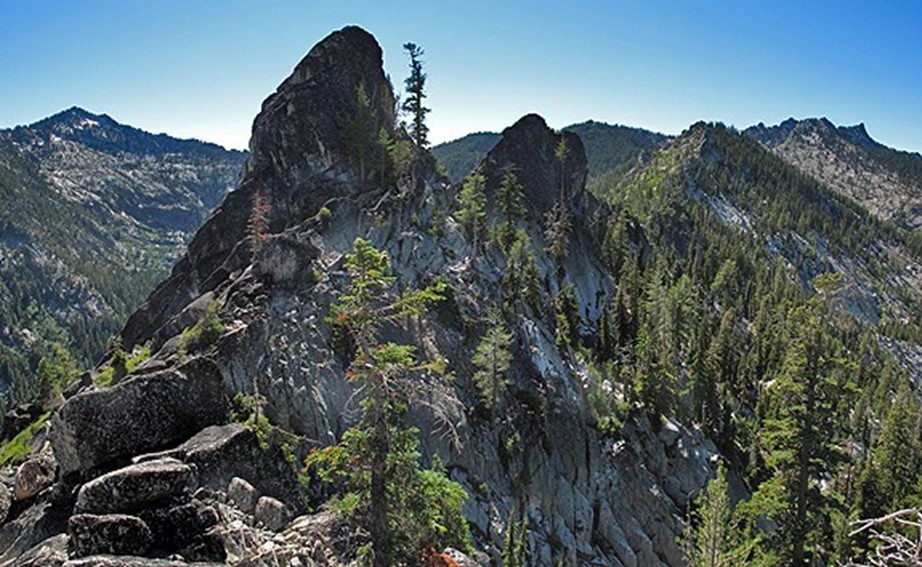Geospatial Analysis of the Effects of Canopy Insolation Partitioning on Biodiversity in a Temperate Montane Forest

Abstract
Incident solar radiation (insolation) passing downward through the forest canopy to the ground surface influences the understory microclimate and therefor the presence and diversity of plant species with varying habitat requirements. The objective of his study is to model insolation and observe extinction coefficient effects of the canopy strata and on understory plant biodiversity using remotely sensed and botanical field data. Rapid and ecologically meaningful biodiversity assessments offer potential benefits for forest resilience, wildlife habitat and stand productivity analysis on landscape scales. We used two taxonomic diversity index statistics (MDI and SDI) to describe the surveyed plant community in a natural temperate montane forest, modeling the index values at the stand level as response variables in a multiple linear regression analysis. Independent variables included localized area incident solar radiation (ASR) estimated using a solar model, LiDAR derived canopy height model (CHM), leaf area index (LAI) estimates derived from multi-spectral imagery and several canopy strata metrics derived from LiDAR point cloud data. Taking into account the impact of atmospheric components above the canopy layer and operating under the assumptions that 1.) incident short-wave solar radiation to Earth’s vegetated surfaces is primarily absorbed in the canopy layer and, that 2.) the extinction of ASR magnitude in the understory are largely attributable to the subsurface strata, we used the regression equation to model canopy insolation and structural metrics controlling the radient flux to the sub-canopy surface. Our hypotheses were that: 1.) canopy structural variability is associated with the biodiversity of stand plant species through habitat partitioning and 2.) a prediction model can be developed to display this relationship spatially. The results indicated a correlation between modeled ASR and canopy height as well as a statistically valid model comprising the canopy relief ration (CRR), the texture of heights (TH) and total vegetation density (TVD).